Credit-for-learning programs |
Successful credit-for-learning programs incorporate student voice and choice, often through strong community-school partnerships, areas in which afterschool and summer learning programs excel. From earning STEM credits in a boat-building class to learning the art of filmmaking from a local industry professional, youth are able to dive deeply into their interests and explore potential career paths, while earning credit towards graduation.
Want more? Check out this quick, half-minute video with highlights from credit-for-learning programs.
Kids have dreams for their futures. Credit-for-learning afterschool programs help them achieve goals while earning credit for graduation. In this video, students and staff from two afterschool programs in Providence, Rhode Island, share how credit-for-learning is helping young people reach their full potential.
Creating new and engaging learning opportunities for middle and high school students can help them find their inspiration, gain skills that will benefit them in and outside of the classroom, and play an active role in designing their own learning journey to reach their full potential. This issue brief, complemented by in-depth afterschool program profiles, explores the ways in which afterschool programs can provide older youth with opportunities to explore their interests and participate in activities that also allow them to earn credits toward their graduation requirements.
Read the report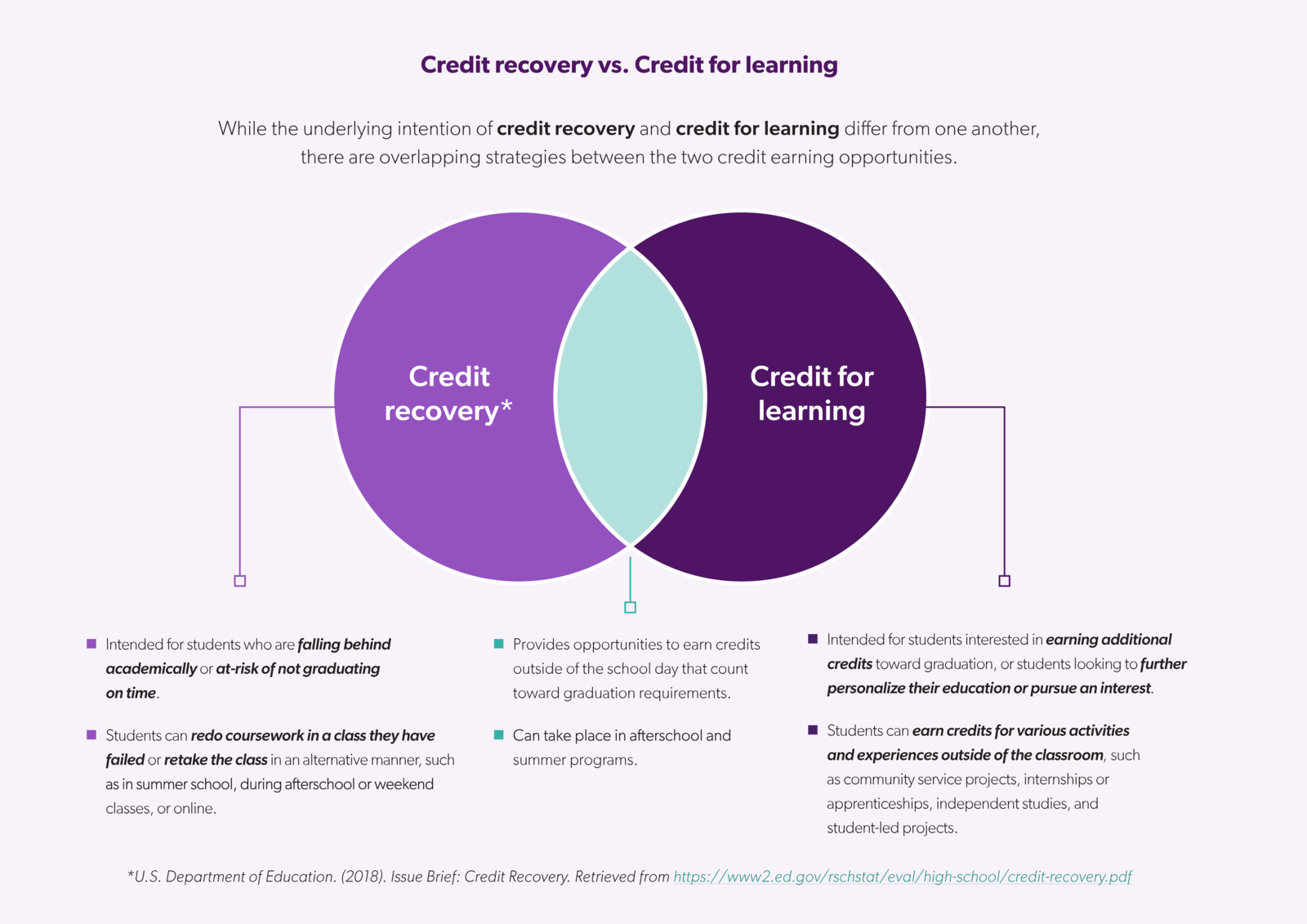

Nothing about us, without us, is for us
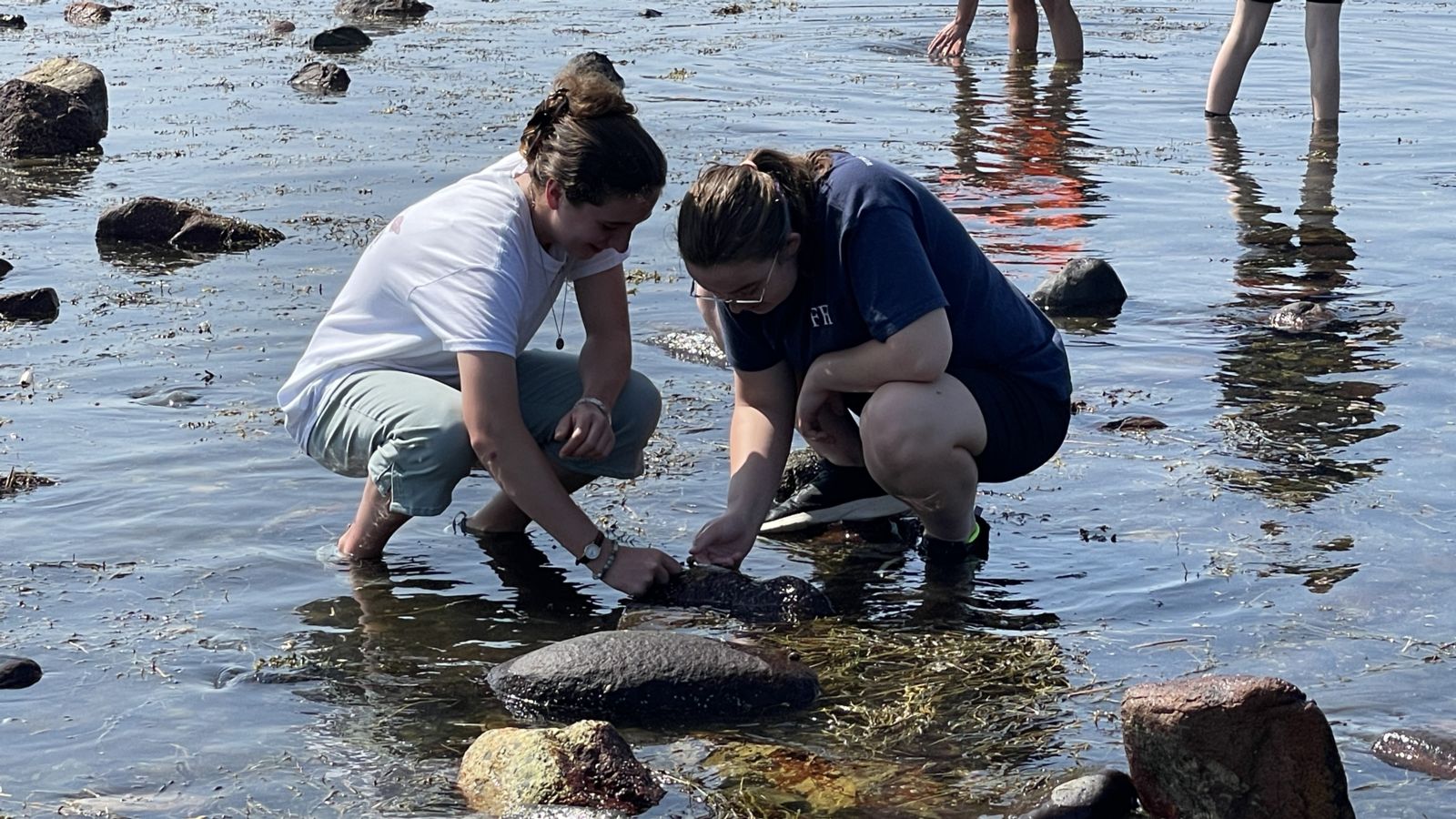
Empowering youth to build a better world
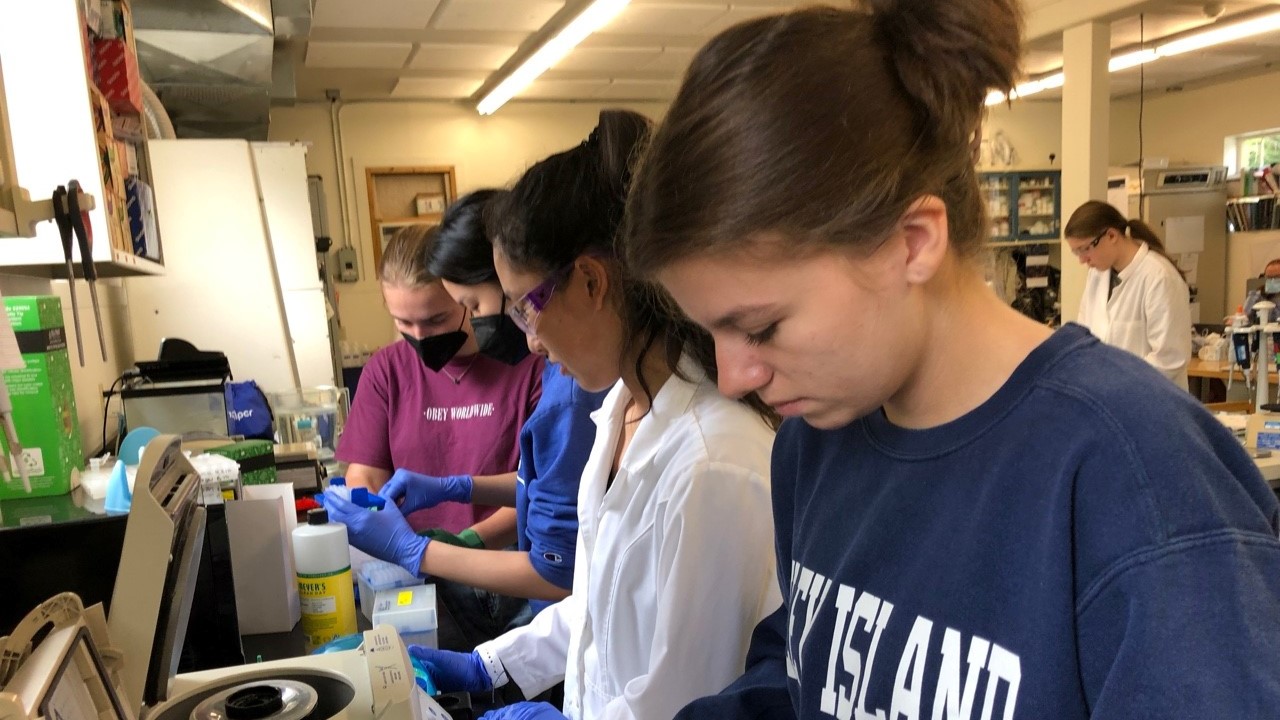
Fostering relationships to create a strong sense of belonging
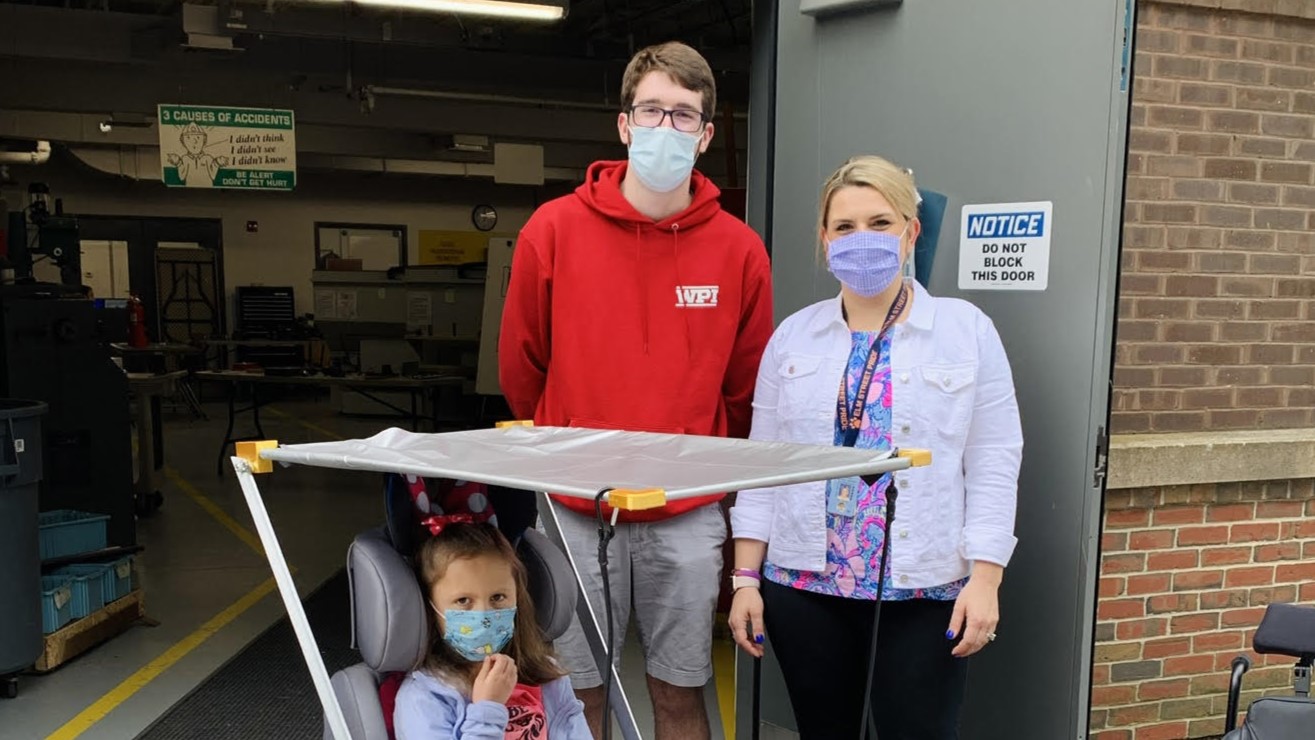
Integrating youth voice and student-created curriculum to boost engagement
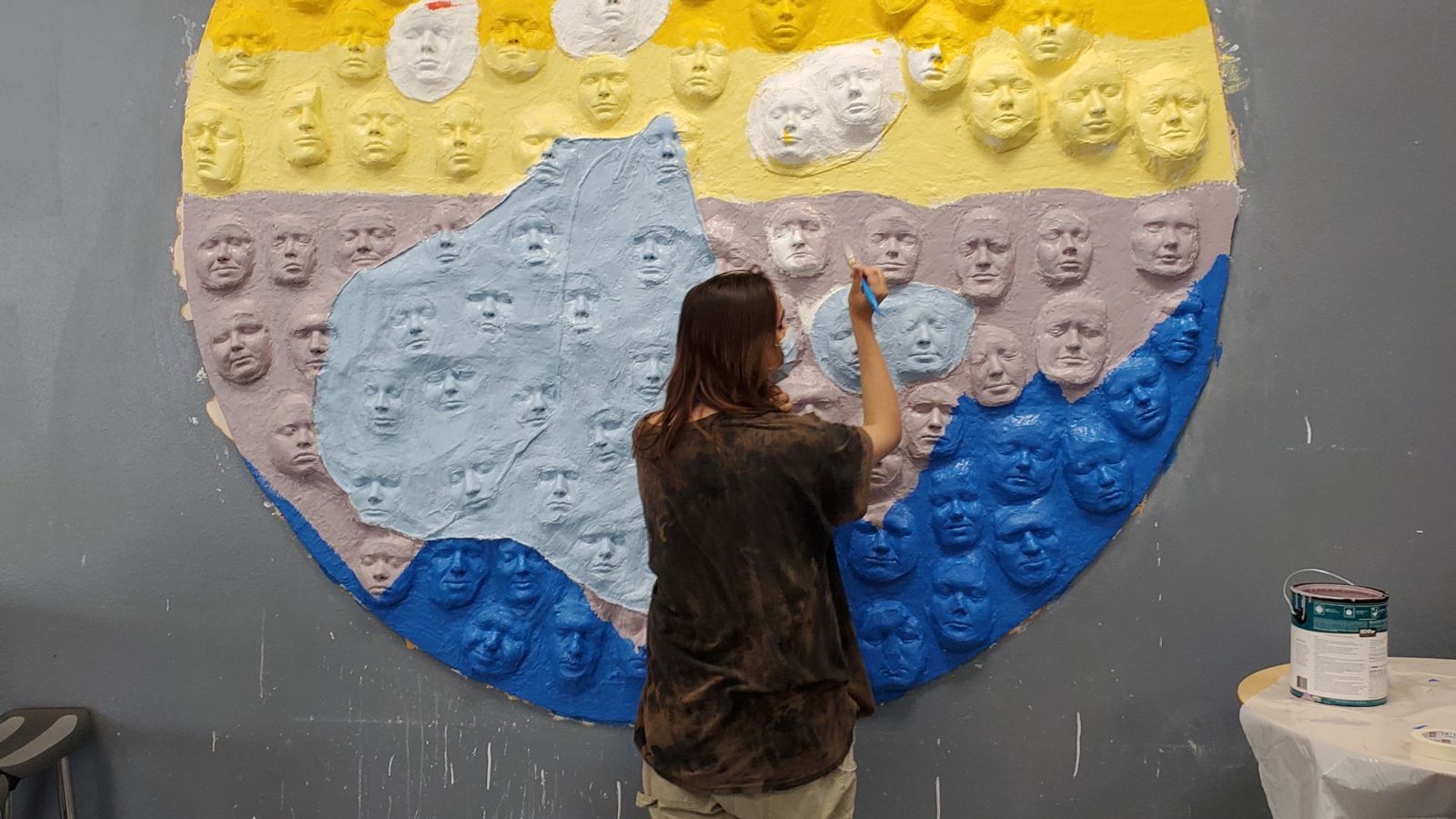
Fostering relationships to create a strong sense of belonging
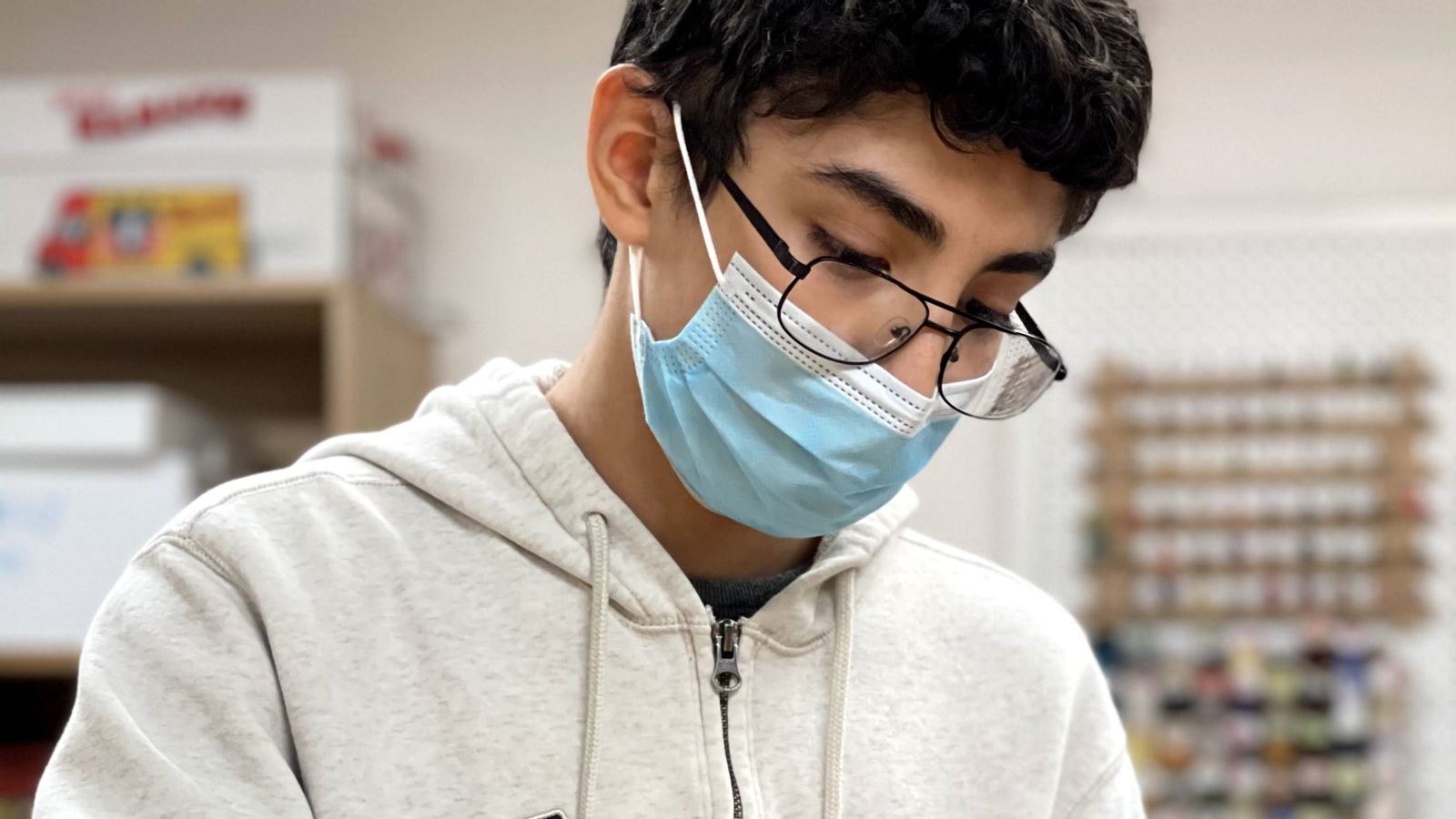
Fostering relationships to create a strong sense of belonging
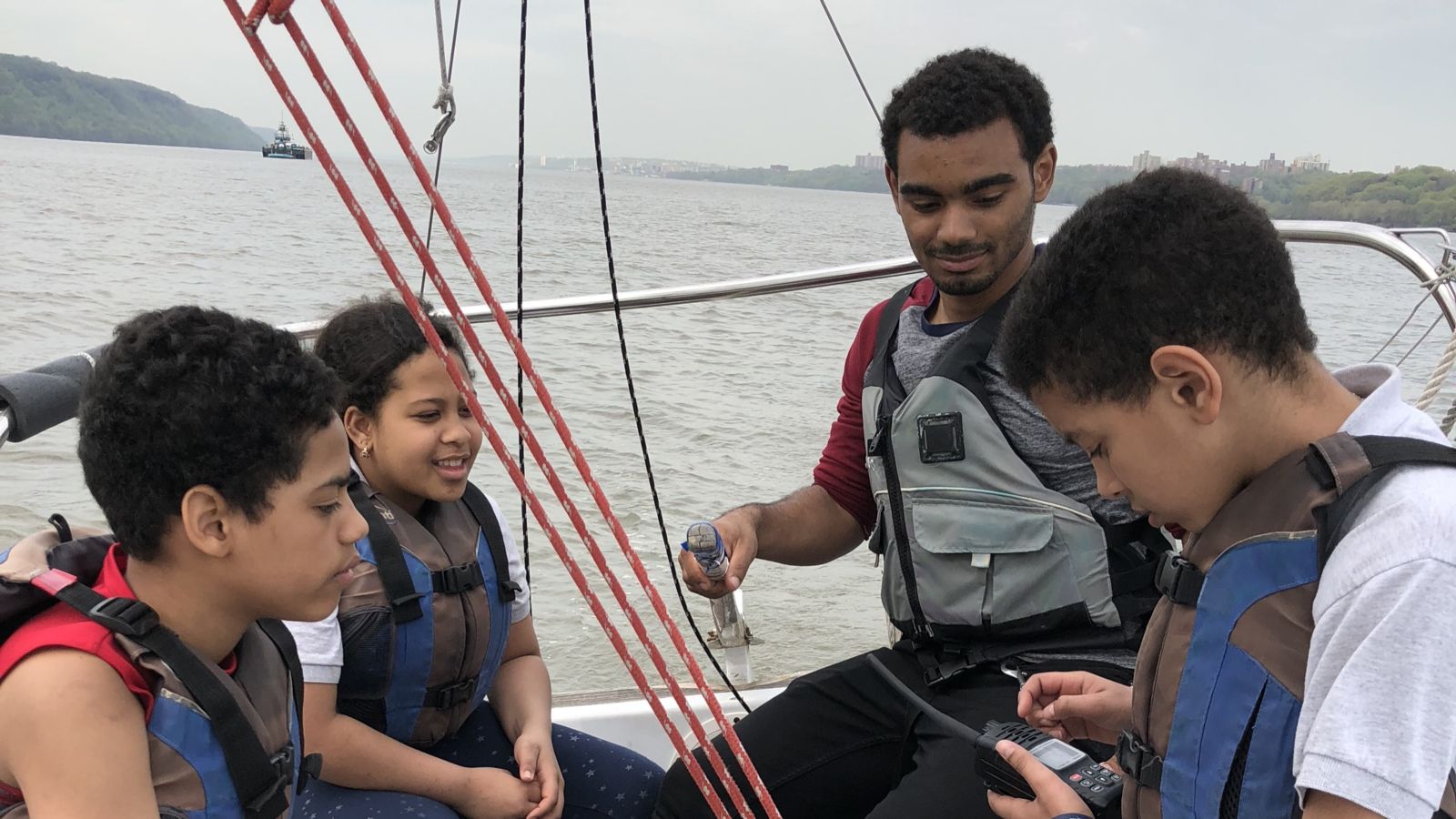
Leveraging school partnerships to best serve students
Do you have a credit-for-learning program? We'd love to learn more about it! Reach out to info@afterschoolalliance.org.